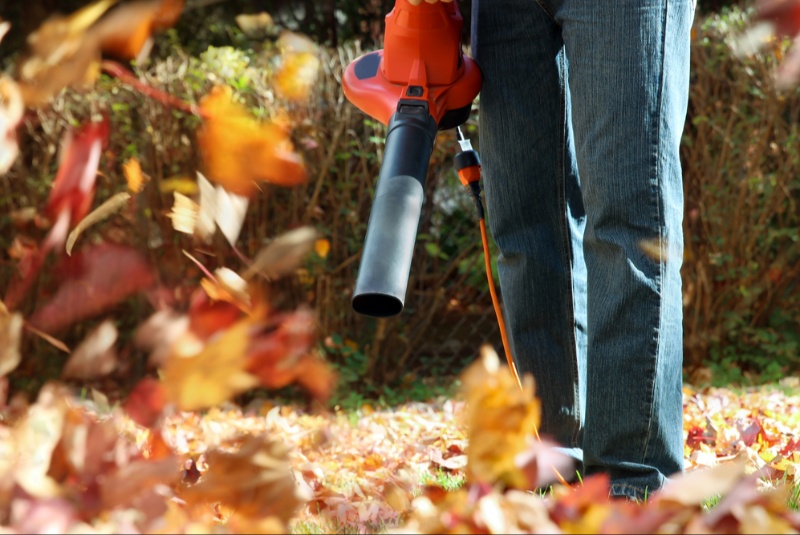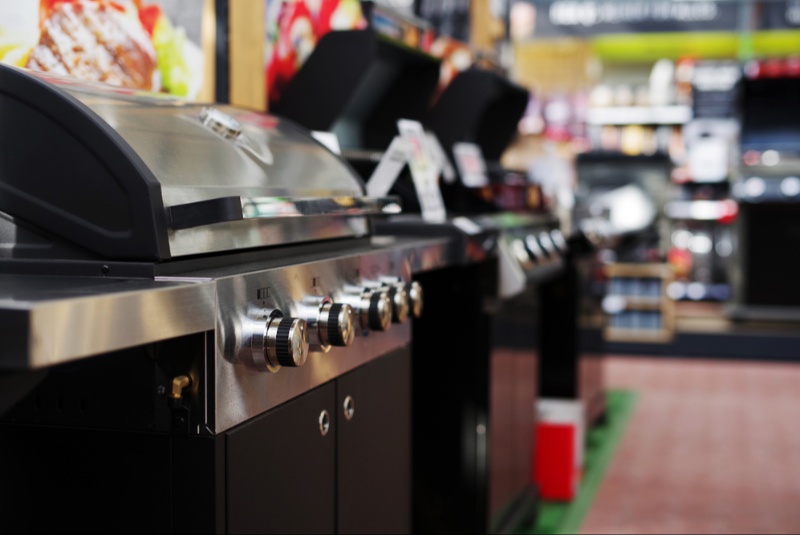In every season, maintaining a clean and presentable yard often comes down to managing fallen leaves and debris, especially during the fall months. A reliable leaf blower can make the process swift, efficient, and even enjoyable. However, with the range of leaf blowers available on the market, choosing the best one for your needs requires an understanding of several factors. This guide explores key considerations for selecting a powerful leaf blower that suits your property and personal preferences.
1. Evaluate the Power Source
One of the primary choices to make when selecting a leaf blower is the power source. Leaf blowers come in three main types, each offering different advantages and limitations:
- Electric (corded): Electric leaf blowers plug into an outlet, making them suitable for areas close to the house or within range of an extension cord. They are lighter and quieter than gas models, making them easier to use in small to medium-sized yards. However, their mobility is restricted by the cord length, which may limit their practicality for larger yards.
- Battery-powered (cordless): Cordless blowers operate on rechargeable batteries, providing the freedom to move around without worrying about a cord. They’re ideal for medium-sized properties and can be used in hard-to-reach areas. Battery life, however, can be a limiting factor, especially for larger properties or intensive jobs, as the runtime depends on the battery’s capacity and the blower’s power setting.
- Gas-powered: Gas leaf blowers are generally the most powerful option, making them the best choice for large properties and heavy-duty tasks. However, they are louder, heavier, and require more maintenance than electric models, including fuel mixing and occasional oil changes. Despite these trade-offs, gas blowers can tackle extensive lawns and large amounts of debris more efficiently than electric options.
2. Select the Right Blower Type
Leaf blowers come in various types beyond just the power source, and each has its advantages depending on the size and layout of your property:
- Handheld: Handheld blowers are compact, lightweight, and user-friendly, making them ideal for small to medium-sized yards. They offer good maneuverability and are easy to store, but may not be powerful enough for larger properties or intense leaf-clearing tasks.
- Backpack: Backpack blowers provide more power than handheld models and are better suited for larger areas or prolonged use. The blower is carried on your back, helping distribute weight and reduce arm fatigue. They’re typically available in gas-powered options, making them an effective choice for larger yards or properties with dense leaf cover.
- Walk-behind: For commercial properties or extremely large yards, walk-behind blowers are the most powerful choice. These models resemble a lawn mower in appearance and operation, allowing for efficient leaf and debris clearing over large areas. However, they’re larger, heavier, and more expensive than other options, which may be overkill for typical residential use.
3. Consider Power Output: CFM and MPH
Two specifications to pay attention to when choosing a leaf blower are Cubic Feet per Minute (CFM) and Miles per Hour (MPH):
- CFM (Cubic Feet per Minute): CFM measures the volume of air a blower can push, indicating how much debris it can move at once. Higher CFM ratings are better suited for moving large amounts of leaves and can clear a wider area more efficiently.
- MPH (Miles per Hour): MPH measures the speed of the air exiting the blower, making it helpful for dislodging stuck debris or wet leaves. Higher MPH is advantageous for clearing heavier or more compacted leaf piles but may not cover as much ground as a high CFM blower.
Finding the right balance between CFM and MPH will depend on the density and volume of leaves you need to clear, as well as the specific needs of your yard.
4. Evaluate Noise Levels
Leaf blowers can be quite loud, and noise level may be a factor if you live in a residential area. Electric blowers, both corded and cordless, are generally quieter than gas-powered options, with many models emitting sound below 65 decibels (dB). Gas blowers, however, can exceed 85 dB, which is enough to warrant ear protection. Checking local noise ordinances may also be beneficial if you’re in a noise-sensitive neighborhood.

5. Look for Special Features
Special features can enhance the usability and versatility of your leaf blower. Some beneficial options include:
- Variable Speed Control: Adjustable speed settings allow you to control the blower’s power, providing flexibility for delicate areas such as flower beds or powerful bursts for heavy piles of leaves.
- Mulching Capability: Some leaf blowers come with a vacuum and mulching function, allowing you to convert leaves into compostable mulch. This can be a practical feature if you’re also looking to manage yard waste efficiently.
- Anti-Vibration Technology: Anti-vibration features help reduce fatigue during extended use, making the blower more comfortable to handle for prolonged periods.
6. Prioritize Ergonomics and Weight
Using a leaf blower can be physically demanding, so consider ergonomics and weight when making your choice. Handheld models, for example, should be lightweight and well-balanced, with comfortable grips and minimal strain on your hands and arms. Backpack blowers, while heavier, should come with padded shoulder straps and an adjustable harness to minimize back strain.
7. Assess Maintenance Requirements
Maintenance varies by power source. Gas blowers require more upkeep, such as oil changes, fuel mixing, and routine inspections of the spark plug and air filter. Battery-powered blowers are relatively low-maintenance, though batteries will need to be replaced over time. Corded electric blowers are nearly maintenance-free, making them an ideal choice for those seeking a hassle-free option.
8. Set a Realistic Budget
Leaf blowers come in a wide price range, from affordable models to high-end machines designed for commercial use. Determine your budget based on your yard size and needs. While higher-priced blowers often offer more durability, power, and features, you can find reliable models at various price points. Investing a little more in a quality blower might save money in the long run by ensuring better performance and longevity.
9. Check Reviews and Ratings
Online reviews and ratings can provide insights into a blower’s performance, durability, and ease of use. Look for feedback from users with similar yard sizes and needs, and pay attention to comments on any recurring issues or standout features. This can help you make a more informed decision and avoid potential issues.
10. Consider Warranty and Post-Purchase Support
A solid warranty can offer peace of mind, especially for more expensive models. Look for leaf blowers with warranties that cover parts, labor, and repairs for at least one to two years. Additionally, consider the manufacturer’s reputation for customer support and the availability of replacement parts, as these factors can play a crucial role in the product’s long-term reliability.
11. Consider Environmental Impact
If environmental impact is a priority, electric or battery-powered leaf blowers have the advantage of zero emissions. Gas-powered blowers, while powerful, contribute to air pollution and may be restricted in some areas. Opting for an eco-friendly model can be a responsible choice that reduces your environmental footprint without sacrificing performance.
Final Thoughts
Choosing the best leaf blower involves understanding your yard’s needs and your personal preferences. By considering the power source, type, power output, noise levels, special features, ergonomics, maintenance requirements, budget, and warranty, you can find a blower that meets your needs effectively. With the right tool, managing seasonal yard work can become a quicker and more enjoyable task.
This guide should empower you to make a choice that fits your requirements, so you can keep your yard clean, beautiful, and welcoming year-round.




